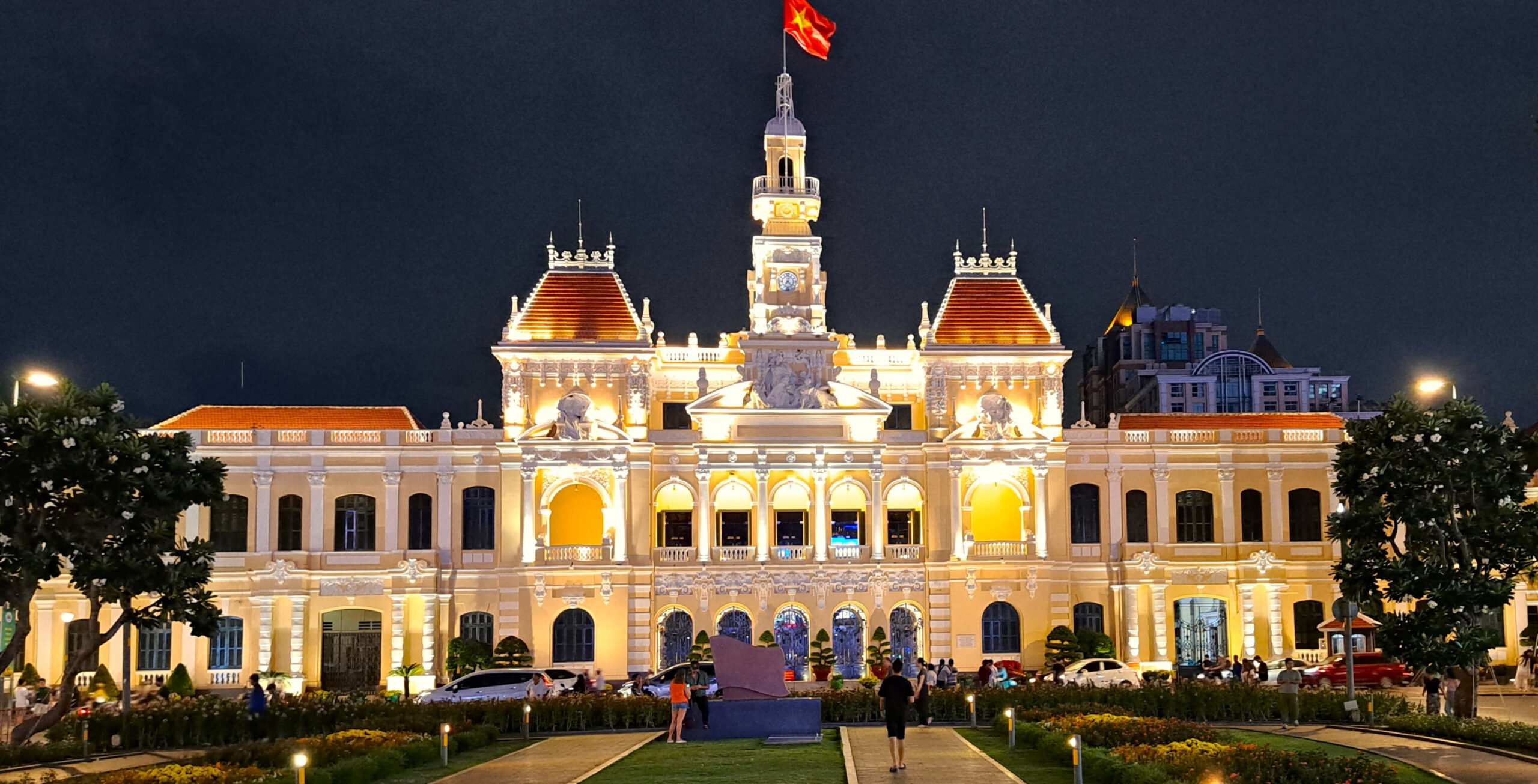History

George Washington Carver statute. Photo: Tonya Fitzpatrick
“A traveler without observation is a bird without wings.”
— Moslih Eddin Saadi
No matter where you go, every place has a story and historical travel unpacks those stories.
From great struggles against oppressive forces to human ingenuity, the people and the places who have defined significant eras in human history move many to travel see where history was made. Travel through the historical places, see and observe what was then and how things are now. Every place has evolved over ages and become what it is today , hence you must visit history to understand the struggles and changes that came through with time.
Being able to walk where history was made, seeing the places that shaped legendary figures or experiencing life as our ancestors did, historical travel allows history to come to life in ways that transcend a history book.
Explore the untold story of the largest slave revolt in U.S. history, discover how Polaris Project is fighting modern slavery, and hear from yacht chef Victoria Allman about life aboard a luxury superyacht.
The ubiquitous street art, depicting portraits of Ho Chi Minh, flying pigeons, and people waving the national flag, reminded me that this year marks the 50th anniversary of Vietnam’s reunification in 1975.
Explore South Africa’s art revolution with Soweto Fine Art, uncover the hidden creative spirit of Eritrea, and dive into a powerful conversation on African art, identity, and preservation with Galerie Myrtis in Baltimore.
The Scottish Highlands are a place of ancient history, stunning natural beauty, and magic. Among the older generations, some claim that high in its earthy hills you’ll find the homes of creatures only heard about in legend.
Join us for this immersive audio journey through Kansas City’s African American heritage. Whether you're a cultural traveler, a history lover, or someone seeking deeper truth, this episode offers a window into the resilience, brilliance, and legacy of Black Kansas City. 🎧 Available wherever you get your podcasts: [Apple Podcasts] • [Spotify] • [iHeartRadio] • [WorldFootprints.com]
Over the years, many people helped create the Florida Keys we know today. Some lived there, others only visited. Today, Mallory Square Sculpture Garden displays busts of people who impacted Key West. From Bogart to Hemingway to President Harry Truman, the Florida Keys has always been a magnet for famous characters.
Martin Luther King, Jr. National Historical Park & Preservation District in Atlanta, Georgia, shares the story of how a young Black boy born into the segregated South became a national icon for Civil Rights. The park consists of several blocks along Auburn Avenue. Here you’ll find the Visitor Center, Martin Luther King, Jr’s birth home, and the BEHOLD monument. Other historic sites include Fire Station No. 6, The King Center, where Dr. and Mrs. King are buried, and Freedom Hall. The historic Ebenezer Baptist Church, where King gave his famous “I Have a Dream” speech.
Expanding America's historical narrative to include enslaved and Indigenous people and their contributions to the country.
Easter Sunday is the most joyous day in the Christian calendar. On a recent trip to Israel we had the pleasure of visiting numerous sites throughout the country that really brought the Bible to life for us.
Agua Fria National Monument protects nearly 500 ancient Native American homes within four distinct settlements. Between about 1250 and 1450, the high desert landscape was divided by dozens of well-worn footpaths leading to neatly-built stone homes with tiny entrances that reflected the small stature of the Pueblo who lived here. Later, the Pueblo people abandoned them, leaving behind jars, pots, utensils, and household tools. Today, items like these are precious, studied by experts, treasured by local tribes, or housed behind glass in museums to inspire gawking middle schoolers on field trips. Sadly, however, most of these clues to ancient history have been lost due to natural factors as well as centuries of looting.
Explore Norfolk’s hidden role in the Underground Railroad, get essential travel safety tips for student travelers, and gain insights into autism with expert Dr. Stephen Shore.
Vintage cars fill the gymnasium. They straddle bleacher seats and occupy the showers. They fill room after room of the main building. There are cars in the woods, cars under tents, and cars in garages undergoing restoration. More cars pack a vast storage building literally to the rafters. If you think car museums are all alike, then you haven't seen the LeMay Collections at Marymount.














